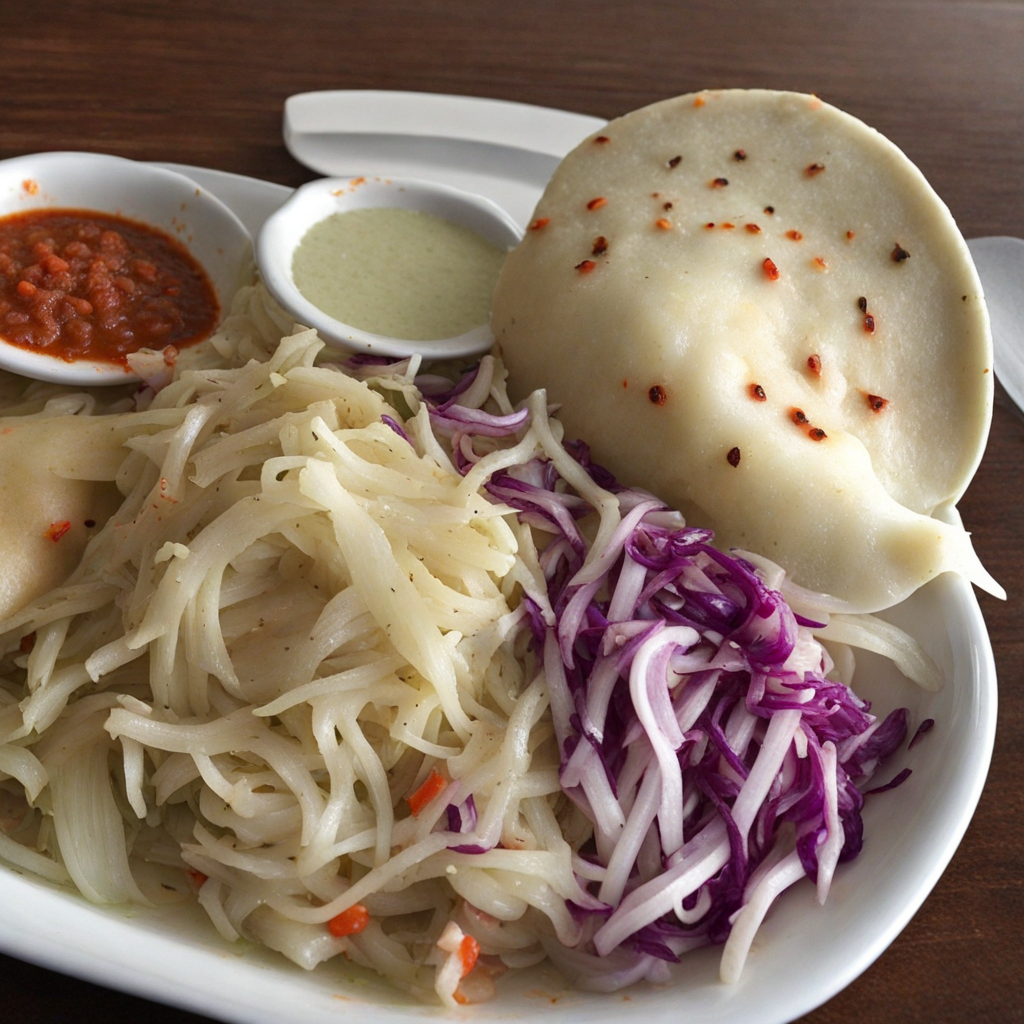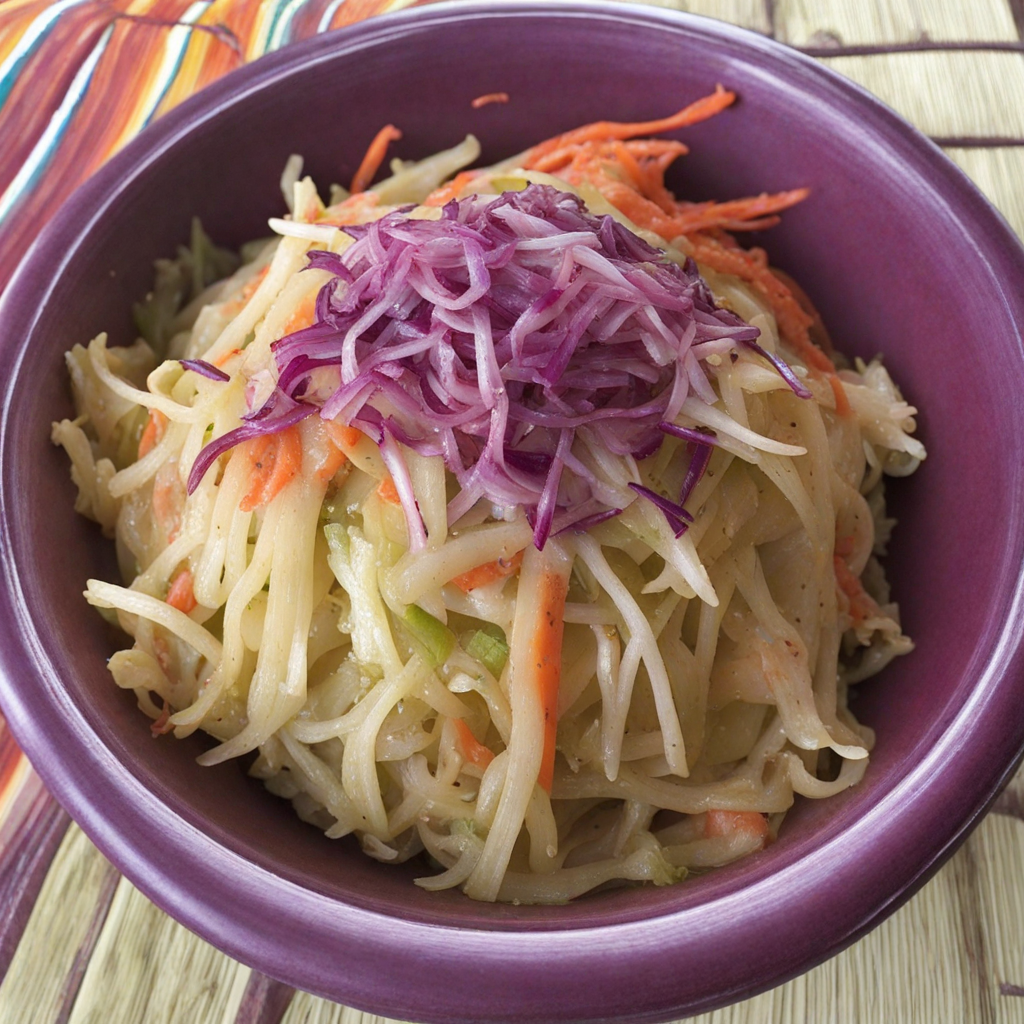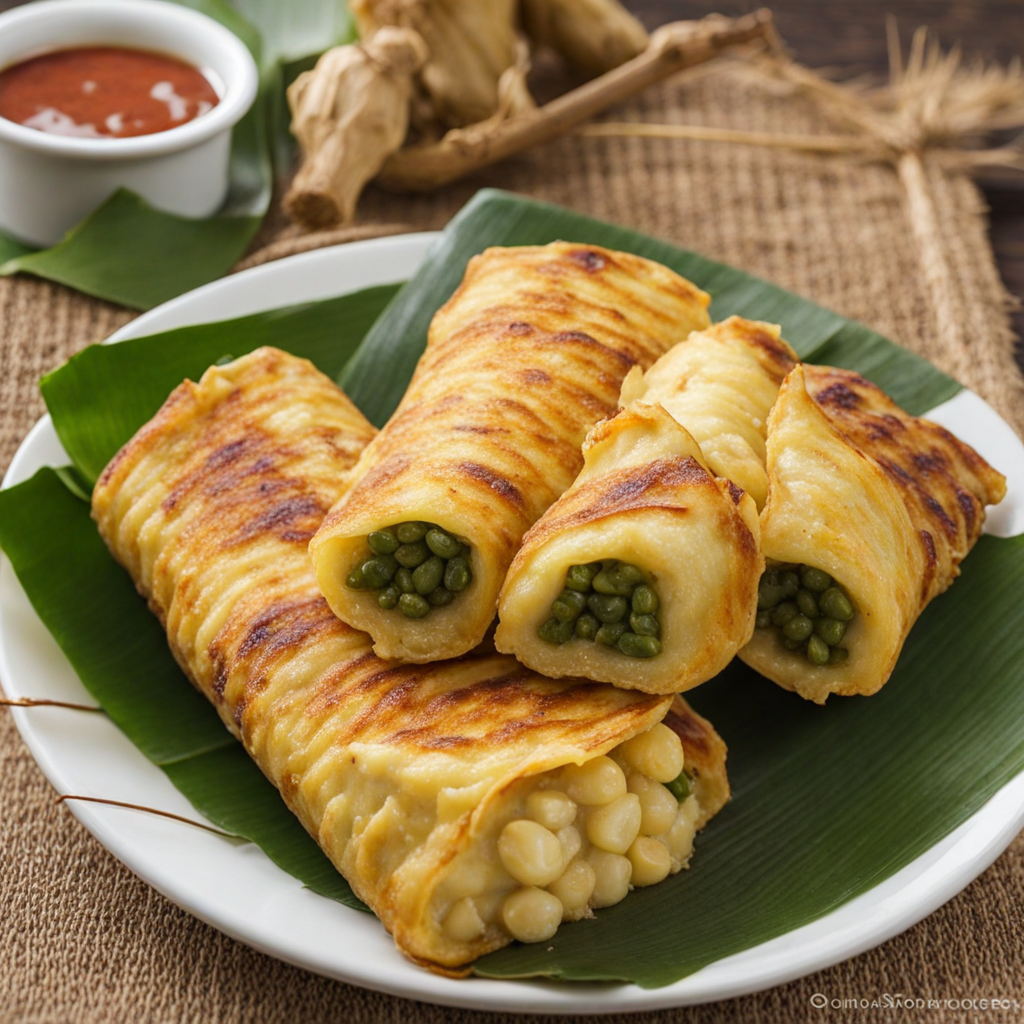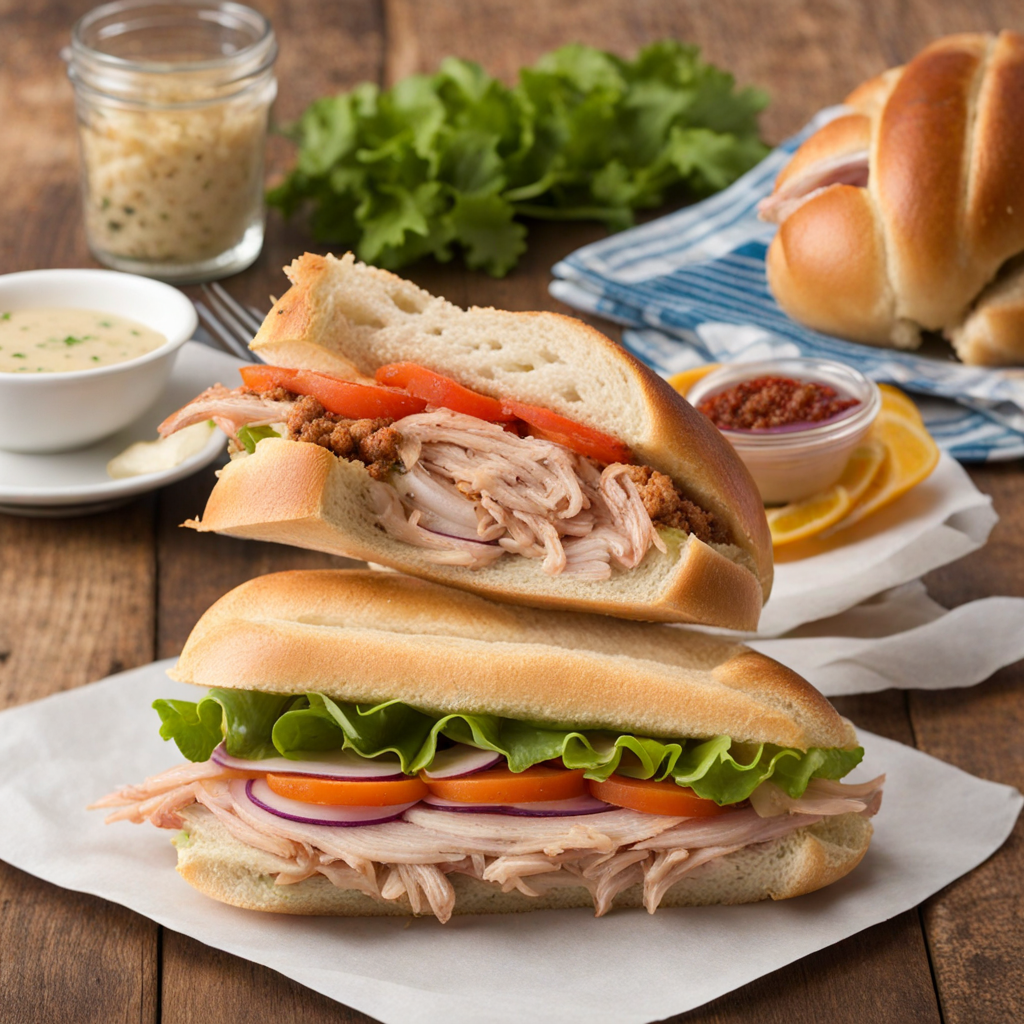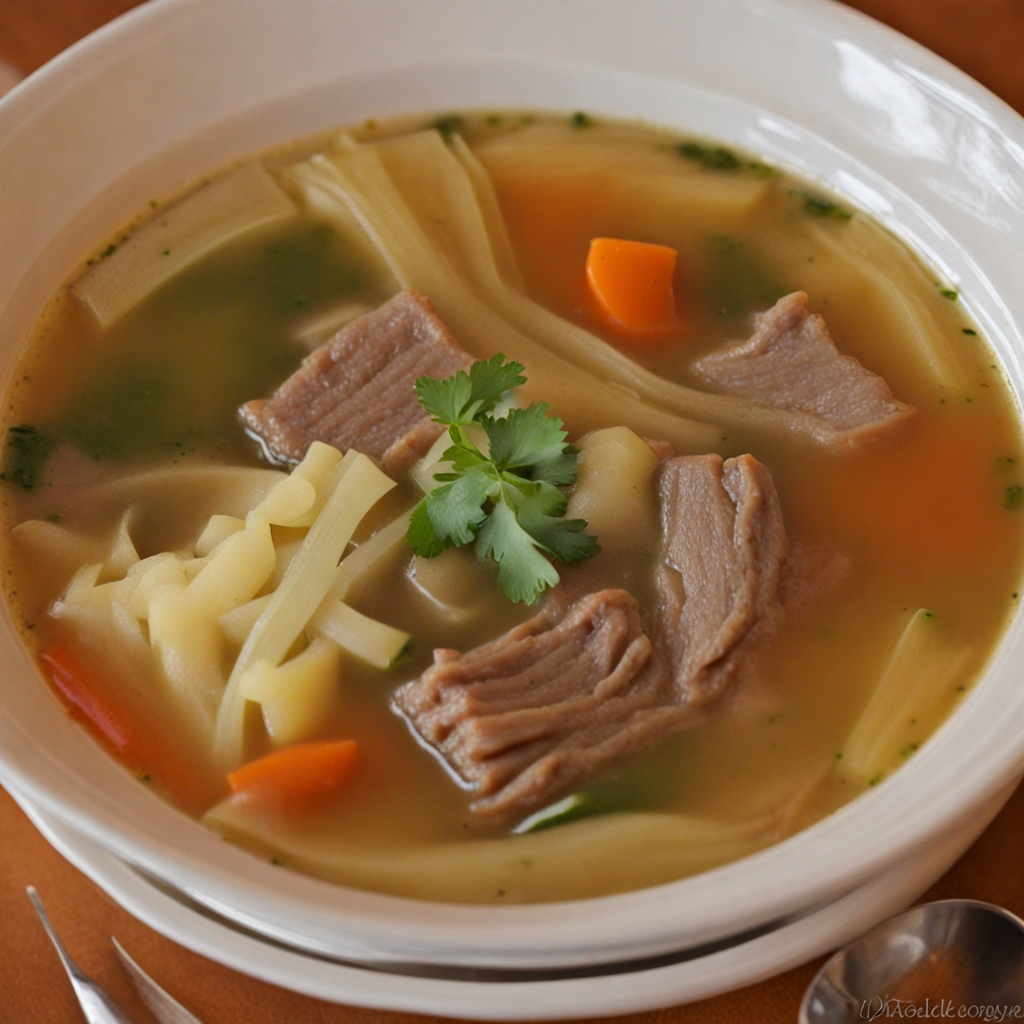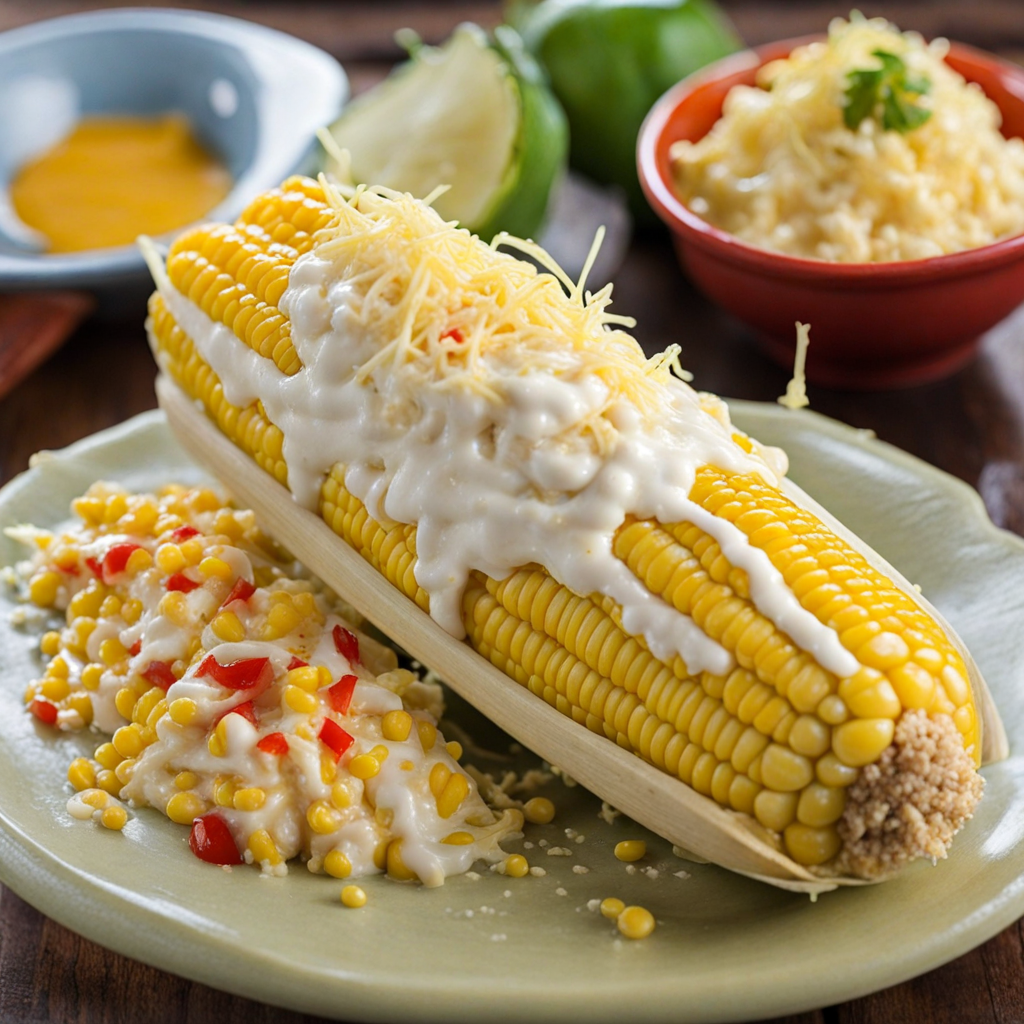Curtido
Curtido is a traditional Salvadoran condiment, often described as a vibrant and tangy slaw, typically made from finely shredded cabbage, carrots, and sometimes onions. This delightful concoction is seasoned with vinegar, lime juice, and a blend of spices, giving it a distinctively zesty flavor that can elevate any dish. The fermentation process that some recipes utilize adds a unique depth to the taste, allowing for a pleasing contrast between the crunchy vegetables and the sharp acidity of the dressing. It’s not just a side dish; it enhances the overall dining experience by adding brightness and freshness to heavier meals. The preparation of curtido is relatively simple, yet the outcome is a complex symphony of flavors. The cabbage provides a crunchy texture, while the carrots contribute a subtle sweetness, balancing the tanginess of the vinegar. Some variations might include additional ingredients like jalapeños for a spicy kick or herbs for added aroma. Traditionally served alongside pupusas, a staple Salvadoran dish, curtido complements the rich and cheesy flavors of the pupusas perfectly, making each bite a delightful explosion of taste. Beyond pupusas, curtido can be used as a topping for tacos, grilled meats, or even sandwiches, making it a versatile addition to many meals. Its refreshing quality makes it particularly appealing during warm weather, providing not just a flavor boost but also a lighter, healthier option. Discovering curtido offers a glimpse into the culinary traditions of El Salvador, showcasing the balance of flavors and textures that define the country's rich food culture.
How It Became This Dish
Curtido: A Culinary Legacy of El Salvador Curtido, often described as a tangy, fermented cabbage slaw, is a quintessential Salvadoran dish that encapsulates the country’s rich culinary history, cultural significance, and evolving tradition. Its roots can be traced back to the indigenous peoples of Central America, where the preservation of food was essential for survival in the region’s diverse climate. This vibrant dish not only serves as a delicious accompaniment to meals but also bears witness to the historical tapestry woven from indigenous practices, colonial influences, and modern culinary creativity. Origins: A Blend of Cultures Curtido’s origins can be linked to the rich agricultural practices of the Pipil people, the indigenous group that inhabited what is now El Salvador before Spanish colonization. The Pipil utilized local vegetables, including cabbage, which they fermented to extend its shelf life, a technique that has been practiced by many cultures around the world. Fermentation was not just a method of preservation; it also enhanced flavors and contributed beneficial probiotics to the diet. With the arrival of Spanish colonizers in the 16th century, the culinary landscape of El Salvador began to transform significantly. The Spanish introduced new ingredients and cooking techniques, blending their own traditions with those of the indigenous people. It is during this period that curtido likely began to evolve into its modern form, incorporating ingredients such as carrots, onions, and sometimes even spices like oregano and black pepper. The use of vinegar for fermentation became a hallmark of the dish, providing the characteristic tanginess that defines curtido today. Cultural Significance: More Than Just a Side Dish In Salvadoran culture, curtido is more than just a condiment; it is a staple that reflects the identity and resilience of the Salvadoran people. Traditionally served alongside pupusas—thick corn tortillas stuffed with various fillings—curtido enhances the flavor of this beloved dish. Pupusas are often considered the national dish of El Salvador, and curtido’s role as a side complements the richness of the pupusa while providing a refreshing contrast. Curtido is also emblematic of the communal aspect of Salvadoran dining. In many households, meals are a time for family and friends to gather, and the sharing of dishes, including curtido, fosters a sense of togetherness and community. This tradition is particularly evident during celebrations and festivals, where large quantities of pupusas and curtido are prepared to share with guests, reinforcing the importance of hospitality in Salvadoran culture. Moreover, curtido reflects the agricultural bounty of El Salvador. The ingredients are often sourced from local markets, showcasing the country’s vibrant farming practices. The use of seasonal vegetables in curtido emphasizes the connection between the people and the land, as well as the importance of sustainability and local sourcing in Salvadoran culinary traditions. Development Over Time: Adaptations and Global Recognition As El Salvador underwent significant political and social changes throughout the 20th century, so too did its culinary landscape. The civil war from the late 1970s to the early 1990s led to waves of migration, with many Salvadorans seeking refuge in the United States and other countries. This diaspora brought Salvadoran cuisine, including curtido, to international audiences, where it began to gain recognition and appreciation. In the United States, particularly in areas with large Salvadoran communities, curtido became a staple in Salvadoran restaurants and food trucks, often served alongside pupusas and other traditional dishes. It has since garnered popularity among food enthusiasts and chefs, who appreciate its unique flavor profile and versatility. As a result, curtido has been adapted and experimented with in various culinary contexts, leading to new interpretations that blend Salvadoran and international flavors. Modern iterations of curtido may include additional ingredients such as jalapeños for heat, or even fruits like mango for a sweet twist. Chefs often play with the balance of acidity and crunch, experimenting with different vinegars or adding spices to create unique versions that resonate with contemporary palates. Such adaptations highlight the dynamic nature of culinary traditions, where historical recipes are continually reinterpreted to reflect current tastes and lifestyles. The Role of Curtido Today Today, curtido remains an essential component of Salvadoran cuisine, celebrated for its freshness and flavor. The resurgence of interest in fermented foods has brought renewed attention to curtido, as health-conscious consumers seek out probiotic-rich options. Home cooks and professional chefs alike are rediscovering the benefits of fermentation, turning to traditional recipes while also innovating to suit modern dietary preferences. In El Salvador, curtido is still a beloved dish, often made at home using family recipes passed down through generations. Each household may have its own variation, reflecting personal tastes and regional differences. The importance of curtido is further highlighted in culinary festivals and competitions, where the best versions are showcased, affirming its status as a cultural treasure. Moreover, the international culinary scene has embraced curtido, with chefs incorporating it into fusion cuisine, pairing it with dishes from different cultures. This cross-cultural exchange not only highlights the adaptability of curtido but also fosters a greater appreciation for Salvadoran culinary heritage. Conclusion: A Living Tradition Curtido is a testament to the resilience and creativity of Salvadoran cuisine. From its indigenous roots to its contemporary adaptations, this beloved dish tells a story of survival, community, and cultural identity. It serves as a reminder of the importance of food in connecting people to their history, traditions, and one another. As the world continues to embrace diverse culinary traditions, curtido stands at the forefront, inviting all to experience its unique flavors and the rich cultural narrative it embodies. Whether enjoyed in the streets of San Salvador or in a trendy restaurant in Los Angeles, curtido remains a vibrant symbol of El Salvador’s culinary legacy, a dish that not only nourishes the body but also feeds the soul.
You may like
Discover local flavors from El Salvador


